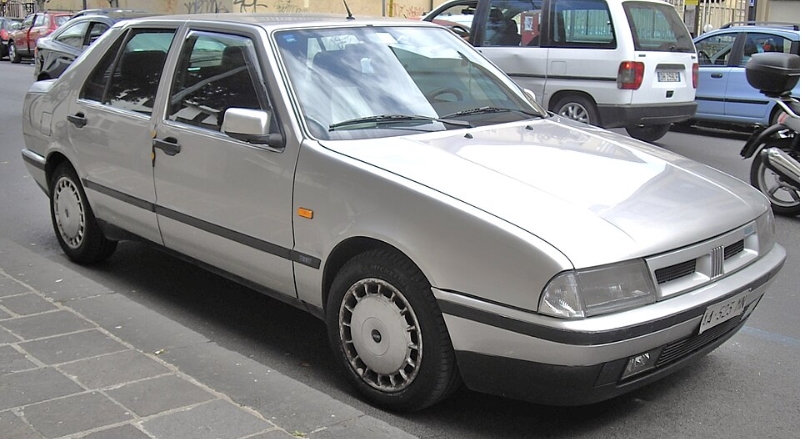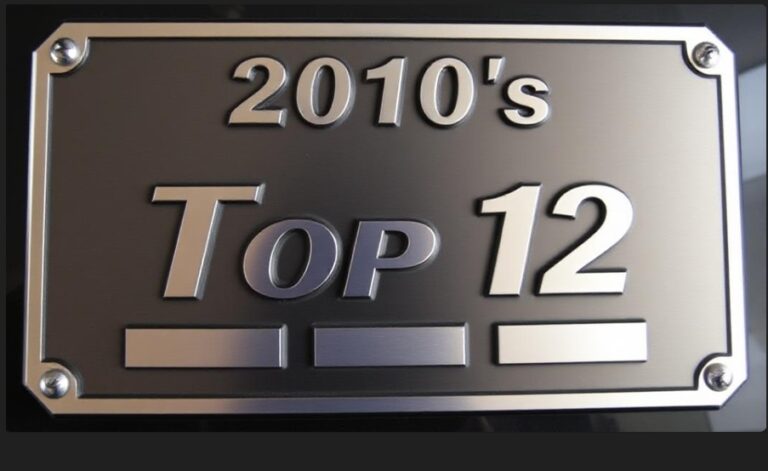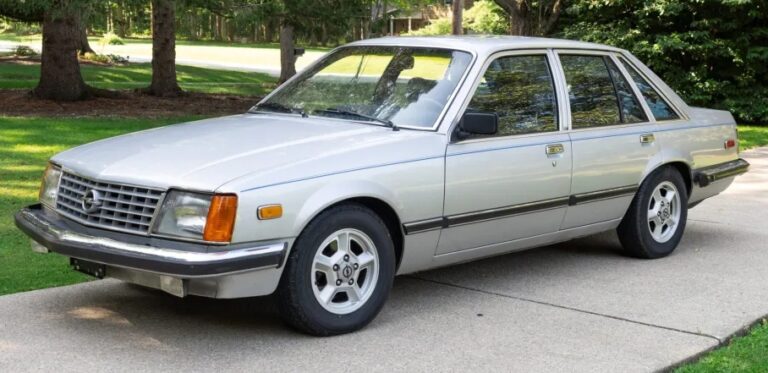The Evolution of the Fiat Croma
The Fiat Croma stands as a significant model in the Italian automaker’s history, embodying the company’s efforts to blend practicality, innovation, and style within a spacious wagon package. Introduced initially in the 1980s, the Croma evolved through different generations, each reflecting the technological advancements and market demands of its time. This article provides a detailed chronicle of the Fiat Croma’s development, covering production years, model variants, and trim levels across its history.
First Generation (1985–1996): The Original Fiat Croma
Introduction and Development
Launched in 1985, the first-generation Fiat Croma was designed to compete in the large family wagon segment, offering a spacious interior, advanced technology, and a distinctive design by Giugiaro. It was developed under the project codename “Type 192” and was manufactured primarily at Fiat’s factory in Arese, Italy.
Production Years: 1985–1996
Design and Features
- Body Style: 5-door wagon (station wagon)
- Platform: Based on the Type Four platform shared with the Alfa Romeo 164 and Lancia Thema
- Dimensions: Approximately 4.7 meters in length, with a wheelbase of around 2.7 meters
- Engine Options: Initially offered with a range of petrol and diesel engines, emphasizing versatility
Models and Trim Levels
The first-generation Croma was available in multiple trim levels, tailored to different markets and customer preferences:
- Croma CL: The base model, offering essential features, manual windows, and basic interior appointments.
- Croma SX: A step-up trim with additional comfort features, improved upholstery, and alloy wheels.
- Croma LS: The top-tier trim, equipped with luxury features such as power windows, upgraded upholstery, and more comprehensive instrumentation.
Powertrain Options
- Petrol Engines:
- 1.8L SOHC inline-4
- 2.0L SOHC inline-4
- 2.0L Twin Cam 16V inline-4 (later models)
- 2.5L V6 engine (introduced in later years)
- Diesel Engines:
- 1.9L SOHC turbocharged diesel (also known as the “Ducato” diesel engine)
- 2.0L turbo diesel (in some markets)
Special Editions and Variants
Throughout its production run, Fiat released special editions such as the “Croma Turbo” versions, featuring turbocharged engines for enhanced performance. The 1980s models were also notable for their aerodynamic design and spacious interior, which made them popular among families and fleet operators.
Technical Innovations
The first-generation Croma was notable for its incorporation of advanced features for its time, including:
- Anti-lock Braking System (ABS): Available in later models
- Front and Rear Disc Brakes: Standard across most variants
- Electronic Fuel Injection (EFI): Improving efficiency and performance
- Hydraulic Power Steering: Enhancing maneuverability
Second Generation (2005–2010): The Revival
Introduction and Development
After a hiatus in the 1990s, Fiat revived the Croma nameplate in 2005, positioning it as a premium wagon aimed at competing with other executive station wagons. This second-generation model was based on the Fiat GM/Epsilon platform, sharing components with models like the Opel Vectra and Saab 9-3.
Production Years: 2005–2010
Design and Features
- Body Style: 5-door wagon
- Dimensions: Slightly larger than the original, with a length of approximately 4.75 meters
- Design: Styled by Giorgetto Giugiaro, featuring a sleek, aerodynamic profile with a prominent front grille
Models and Trim Levels
The second-generation Fiat Croma was offered in several trims:
- Croma Active: Entry-level, focusing on essential comfort and convenience features
- Croma Dynamic: Mid-range trim with additional equipment like better interior trim, alloy wheels, and upgraded audio systems
- Croma Emotion: Top-tier trim, featuring luxury touches such as leather upholstery, climate control, and advanced infotainment options
Engine Options
- Petrol Engines:
- 1.8L 16V MultiAir inline-4
- 2.2L 16V MultiAir inline-4
- 2.4L 20V MultiAir inline-4 (available in some markets)
- Diesel Engines:
- 1.9L MultiJet turbo diesel (with power outputs ranging from 120 to 150 horsepower)
- 2.4L 20V MultiJet turbo diesel (in higher trims or special editions)
Transmission Options
- 5-speed manual
- 6-speed manual
- 5-speed automatic (available on certain petrol models)
- 6-speed automatic (on some diesel variants)
Features and Innovations
The second-generation Croma was notable for its technological advancements:
- MultiAir Technology: An innovative variable valve timing system that improved efficiency and performance
- Electronic Stability Program (ESP): Enhanced safety
- Adaptive Cruise Control and Parking Sensors: Available on higher trims
- Premium Interior: Leather seats, dual-zone climate control, and high-quality audio systems
Market Position and Reception
This model aimed to combine the practicality of a family wagon with the refinement of an executive car. It received praise for its ride comfort, spaciousness, and advanced features, although sales were modest compared to rivals.
.
MANY auto lovers not only spend time in their garages to tinker on their autos, but have other projects going on in there as well. Wood working is a popular pastime for the creative type of individual. Not sure what to make next? Or thinking about getting into this kind of hobby? There’s lots of possibilities… Here’s some of them…

.
Discontinuation and Legacy
The Fiat Croma was discontinued after the 2010 model year due to shifting market preferences and stiff competition from SUVs and crossovers. Despite its relatively short production run for the second generation, the Croma remains a notable chapter in Fiat’s history, appreciated for its innovative features and distinctive design.
Summary of Key Dates and Model Evolution
| Year Range | Generation | Notable Features | Engine Options | Trim Levels |
|---|---|---|---|---|
| 1985–1996 | First | Giugiaro design, advanced tech for its time, various engines | 1.8L to 2.5L V6, diesel variants | CL, SX, LS |
| 2005–2010 | Second | MultiAir tech, modern styling, premium features | 1.8L, 2.2L, 2.4L petrol; 1.9L, 2.4L diesel | Active, Dynamic, Emotion |
Conclusion
The Fiat Croma’s evolution reflects the changing landscape of automotive design and technology over the late 20th and early 21st centuries. From its pioneering first generation with innovative features and distinctive styling, to its revival as a modern, technology-rich wagon, the Croma exemplifies Fiat’s commitment to combining practicality with innovation. While it may not have achieved the global fame of some of its competitors, the Croma remains an important part of Fiat’s heritage, embodying Italian design, engineering, and versatility.







